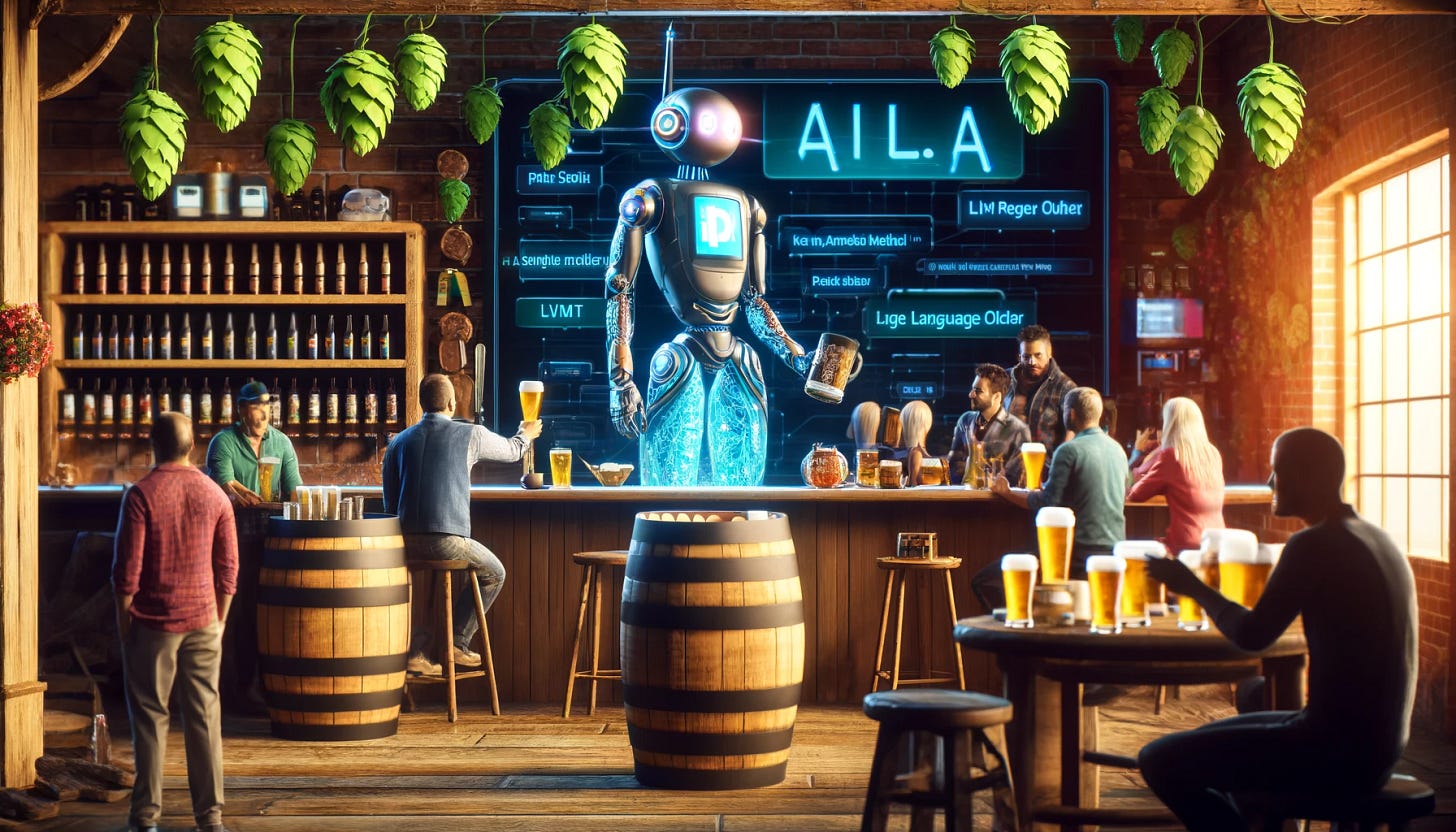Tapping into AI: The Intersection of Large Language Models, Craft Beer, and Hacking
Unlike the rare Pliny the Younger releases, available just a few times a year, check out these must-read posts, delivered every week. Cheers!
Pliny the Prompter released a "Godmode" version of ChatGPT that bypasses OpenAI's safety measures, much like discovering the secret recipe that turns Pliny the Younger beer into an unregulated free-for-all. The hacked version allows users to make dangerous requests, highlighting the ongoing cat-and-mouse game between AI developers and those seeking to exploit these models.
Sam Altman confessed that even OpenAI doesn't entirely grasp how its AI works, akin to brewers of Pliny the Younger and Elder (to be fair), being baffled by their own beer's magic. It's like creating something amazing but not quite knowing if the secret lies in the hops, the barley, or just sheer luck.
Researchers at MIT discovered that large language models often use a simple linear function to retrieve stored knowledge. This finding could help in understanding how these models store and decode information, and potentially assist in correcting inaccuracies within the models.
Large language models (LLMs) exhibit remarkable abilities, yet the reasons behind their success remain largely unexplained. Researchers have observed phenomena such as "grokking" and "double descent," where models unexpectedly improve performance under certain conditions, defying classical statistical theories. Understanding why these models work is crucial for advancing AI technology and managing its risks, making it one of the most significant scientific challenges of our time.


